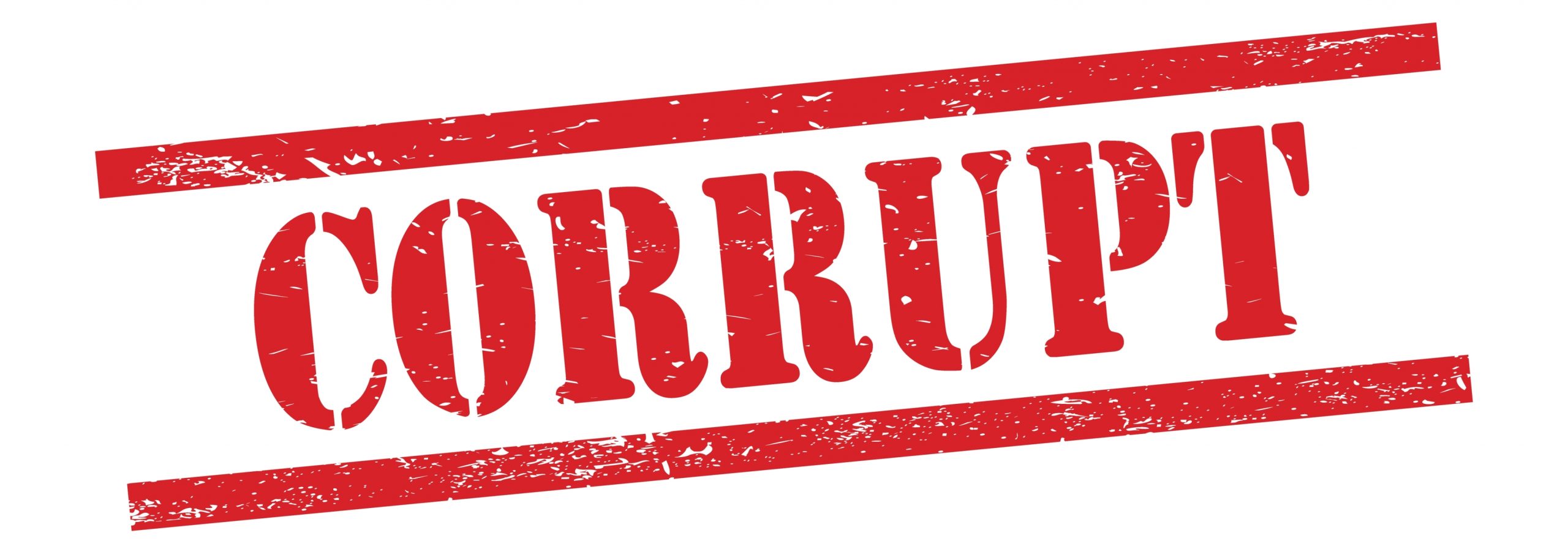SQL Server Corruption: How To Detect Corruption

There are several methods you can use to detect corruption in your Microsoft SQL Server database:
* Use the DBCC CHECKDB command: The DBCC CHECKDB command is a database consistency checker that scans the entire database and its associated objects to identify and report any corruption. Running DBCC CHECKDB is the most comprehensive way to detect corruption in your SQL Server database.
* Monitor error logs: The SQL Server error log can provide information about database-related errors and events, including corruption. Monitoring the error log for entries related to corruption can help you detect and address the issue quickly.
* Use database monitoring tools: There are a variety of database monitoring tools available that can help you detect corruption in your SQL Server database. These tools can provide real-time monitoring and alerting, as well as historical reporting and analysis.
* Monitor database activity: Monitoring database activity can help you detect corruption as it occurs. For example, you can track changes to the database and identify when corruption occurs, or use database monitoring tools to monitor the database for potential corruption.
By using a combination of these methods, you can detect corruption in your SQL Server database and address the issue quickly to minimize data loss and downtime.
Want to learn more about how to prepare for corruption on SQL Server? Take a look at my class that will teach how to to be prepared if corruption strikes.
Corruption Class by Steve Stedman.
More from Stedman Solutions:

Steve and the team at Stedman Solutions are here for all your SQL Server needs.
Contact us today for your free 30 minute consultation..
We are ready to help!

Leave a Reply